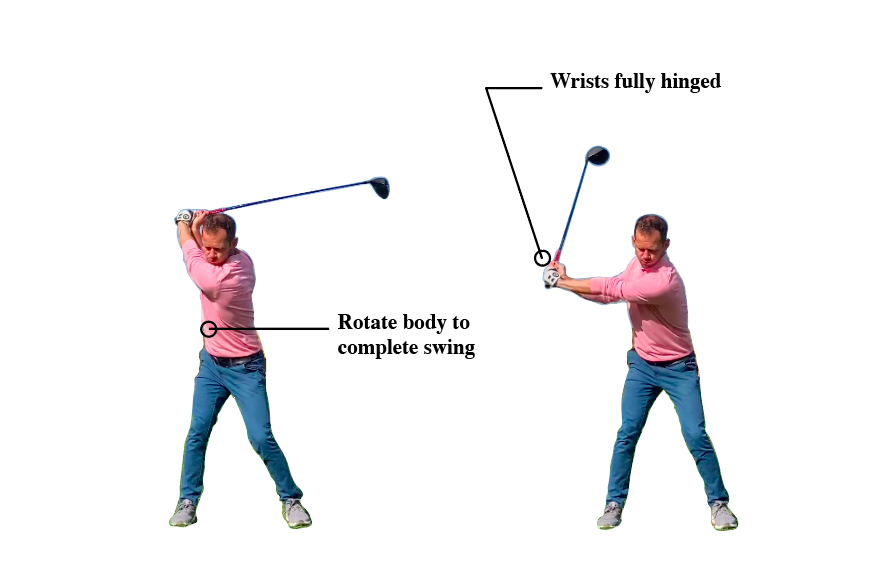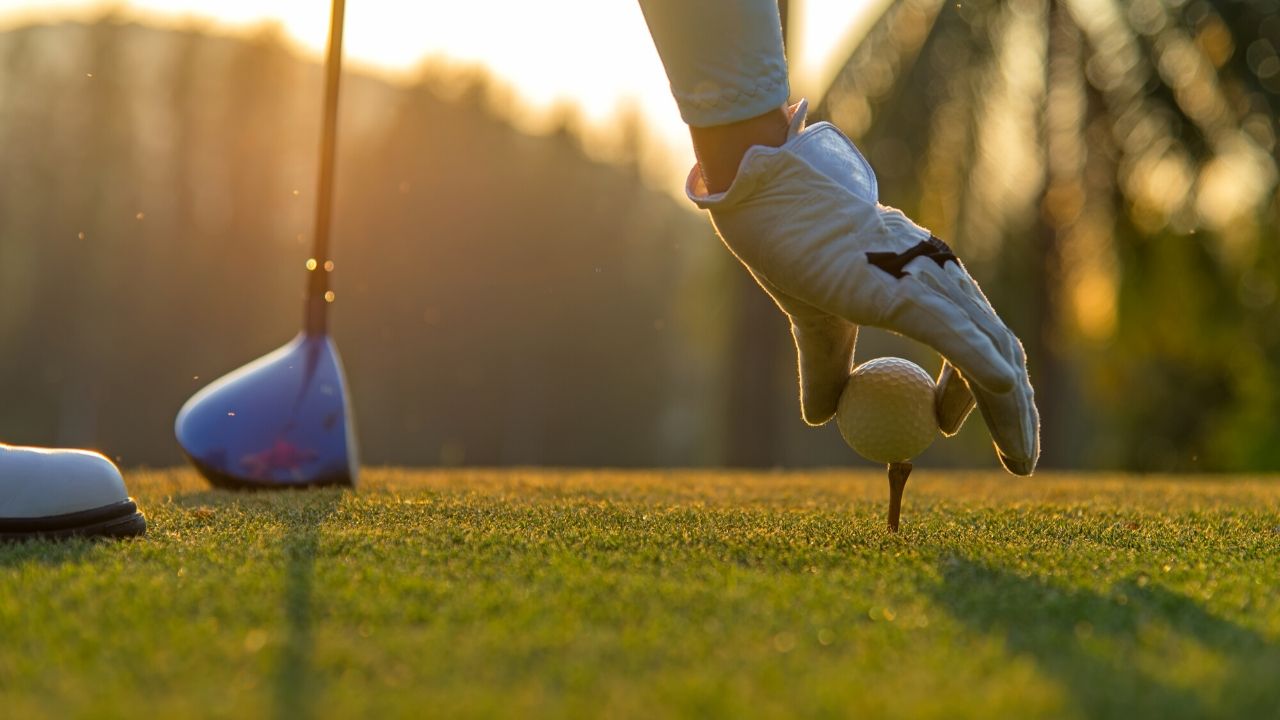
The putting green is a key component of your golf game. You must practice on one before you play on the real course. Your greens' performance can be affected by rain, excessive or inadequate water intake, and improperly cut greens. There are many things you can do to prepare for the fairway and how to manage them. It is important to practice golf on multiple courses in order to learn about the green conditions. You will need to try different courses before you can learn the best.
Putting green

A putting green is an excellent tool for practicing golf. They are generally rectangular in shape but some have curved edges. Some people believe curved mats are easier to practice on than rectangular ones. Stimp meters can be used to determine the speed of your putting green. Once you get used to using your green, it won't take you long to learn how to use it.
Types
There are many options for golf putting greens. Some are flat, making them great for practicing low-spin shots. Others are more difficult. It doesn't matter what the case may be, you need a green that allows for low-spin shots. The shape of greens is variable, but they are generally oval or oblong. You can have them flat or slightly sloped, with contours all over the surface. Choosing a putting green design for your golf course is largely a personal choice.
Sizes
The sizes of golf putting greens vary widely, but there are some basic rules to follow. First, images of putting areas must be scaled down to 1 inch per 5 yards. A book containing images of putting-greens must not be larger than 4 1/4 by 7 inches. Even though hole location sheets are allowed to be slightly larger, at least nine holes must be displayed on each sheet. Magnification of the putting-green information is also allowed for golfers who wear prescription glasses.
Cost

The cost of putting in golf greens depends on the type and size of the construction. A synthetic putting green can run as high as $20 per square foot, and a real green can cost as little as $.70 per square foot. The size of your golf green is an important consideration, since larger greens require more materials and time to install. An expert putting green installation will cost between $18,000 and $24,000.
Placement
Pin placement is one of the most important aspects of a golf putting course. It allows players to choose the best way to approach the hole. The pin placed at the back of the green may require a longer shot than if it is on the front. Therefore, players must decide where to position the ball. Pin placement on golf courses varies from day to day. This is because the superintendents rotate pin placements for each green.
FAQ
Is golfing dangerous?
Although it isn't considered a dangerous sport, golf can cause injury. If you are swinging a club, for example, your arm might be broken.
However, most injuries result from falling off your golf cart.
How do you learn to play golf properly?
Learning to play golf takes time and practice. However, it's possible to improve your golf game over time. These are some tips that will help you improve your game.
-
You should practice regularly. Golf requires constant concentration and attention. You won't improve your golf skills if you don’t practice enough.
-
Play with people who can play. Playing with others can help you develop your own style.
-
Before you start practicing, read about golf. This will help you get a sense of the things you should work on.
-
Do not try to master all aspects of your game at once. You can start by focusing on one area of your game. You might focus on improving your putting, or learning to chip. Once you feel confident in this area, move on to another part of your game.
-
Take lessons. Take lessons to learn how to position yourself, swing speed, posture, and many other important aspects.
-
Try new techniques. Experiment with different grips, stances, swings, and so on.
-
Keep track of your progress. Record your scores and keep track of your progress. You will be able to identify your areas of improvement.
-
Join a local golf club. Many clubs offer free lessons. These clubs often have friendly members who will be happy to teach newcomers.
-
Hire a coach. Professional coaches can provide coaching in specific areas.
What clubs should I use for my purposes?
There are many kinds of clubs. Most players start out with a driver - a heavy metal club that allows them to hit the ball further. You can also use woods, irons or wedges to play, as well as putters.
Woods are clubs that are longer and more flexible. They allow players to be closer to the pin, but still have the ability to reach the green. They are commonly used for long drives, approaches, and even putting.
Irons are shorter clubs that are designed to help players hit the ball closer to the pin. They are commonly used for chipping or putting.
The wedges are specialized clubs that control the ball's flight path. These tools are usually used to provide precise direction for shots.
Putters are small clubs which can be used to roll the ball towards cups. Players use them to make short putts.
The type of shot that you are looking to make will determine the type of club you choose. Different types shots can be served by different clubs.
Drivers, for example, are helpful in hitting the ball further away than the hole. Wooden are perfect for driving the ball long distances. Irons can be used for quick shots. You can control the flight of your ball with your wedges. Putters are perfect for rolling the ball into the hole.
Statistics
- They do this by means of assessing and rating courses according to the average good score of a "bogey golfer," a player with a handicap of around 20. (en.wikipedia.org)
- Professional golfers typically make between 60% and 70% of greens in regulation. (en.wikipedia.org)
- They do this by means of assessing and rating courses according to the average good score of a "bogey golfer," a player with a handicap of around 20. (en.wikipedia.org)
- Professional golfers typically make between 60% and 70% of greens in regulation. (en.wikipedia.org)
External Links
How To
How to Get the Perfect Bunker Shot
A bunkershot is a type if golf shot where you aim your ball at a specific spot (the hole) in order to ensure that the ball doesn't bounce off of the surface. You can take advantage of the slope on the green to do this. The goal is to direct the ball as far as possible towards hole.
Golf is all about finding the best line to get to your goal point. It is important to consider factors like distance to the target, terrain type, whether the ball has to bounce off of the ground or fly straight and weather conditions.
It is important to understand the fundamentals of bunker shooting in order for you to achieve perfect results. First, you should determine if you are going uphill or downhill. If you are looking uphill, a drawing board is necessary. If you're facing downhill, you'll need to swing with a fade. Next, determine how fast your body needs to move to stop the ball bouncing off of the green. You can do this by measuring the angle between the ball and the direction you're traveling. The final step is to measure the size of your bunker.
Once you know these things, you are ready to start swinging. The ball should travel as far as possible past the clubhead, while you must swing slowly enough to keep it from hitting the green. You can start your approach once you have found the right speed, trajectory and direction. Approach the ball slowly until you are close enough to see the landing area. Before you release the ball, take a final look at it. If all goes according to plan you will have a flawless bunker shot.